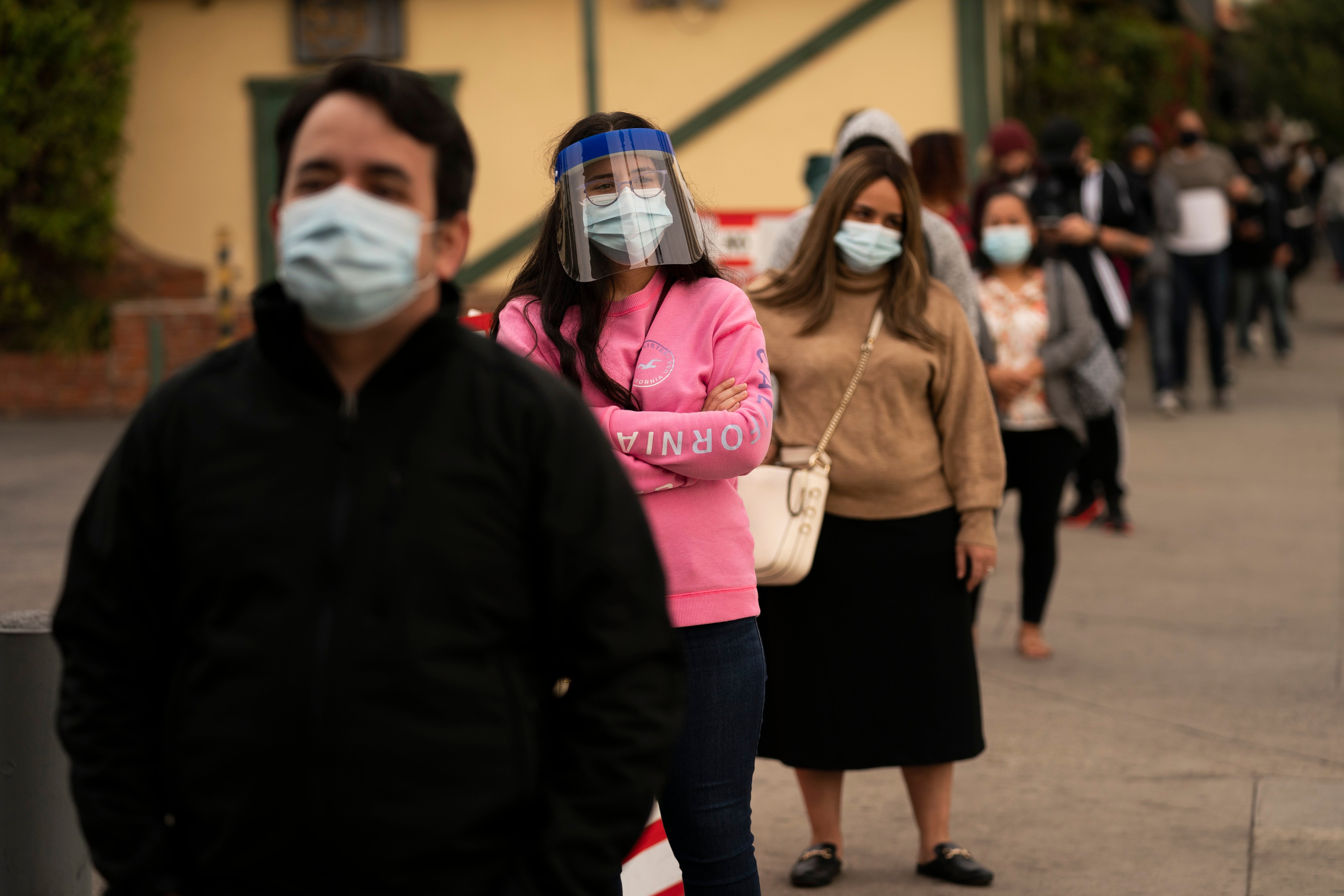California hospitals 'crushed' as virus patients flood ICUs
Doctors say increasingly desperate California hospitals are being “crushed” by soaring coronavirus infections

Increasingly desperate California hospitals are being “crushed” by soaring coronavirus infections with one Los Angeles emergency doctor predicting Friday that rationing of care is imminent.
The most populous state recorded more than 41,000 new confirmed cases and 300 dead, both among the highest single-day totals during the pandemic. In the last week California has reported more than a quarter-million cases and 1,500 deaths.
“I’m not going to sugarcoat this. We are getting crushed," said Dr. Brad Spellberg, chief medical officer at Los Angeles County-USC Medical Center, which has more than 650 beds and is one of the largest in the county.
It's a scene playing out across nearly all of California. According to state data, all of Southern California and the 12-county San Joaquin Valley to the north have exhausted their regular intensive care unit capacity and some hospitals have begun using “surge" space.
Statewide, the available ICU capacity on Friday was a miniscule 2.1%.
Many emergency rooms already have been using outdoor tents to make more space, said Dr. Marc Futernick, an emergency room physician in Los Angeles who is on the board of the California chapter of the American College of Emergency Physicians. One hospital that has maxed out its outdoor overflow tent is expanding into a nearby gym, he said.
Yet coronavirus cases have not reached their peak in this third and most devastating wave and that means more drastic measures are on the horizon. Statewide, about 16,000 coronavirus victims are hospitalized — more than double the previous peak reached in July — and a state model that uses current data to forecast future trends shows the number could reach an unfathomable 75,000 by mid-January.
“Even though it is true that I don’t think anyone is doing this kind of rationing of care, or feeling truly overwhelmed in this exact moment, there’s no doubt it is right around the corner,” Futernick said. “There’s no feasible way for this to be avoided. The numbers are too big.”
Every day for the last week has begun with no available intensive care beds and a scramble to find room in spaces that don't usually handle critical patients, like post-surgery recovery areas, Spellberg said.
Los Angeles County Health Services Director Dr. Christina Ghaly said hospitals “are adding three beds to a room that maybe was a double room, or turning a single room into a double room.” But when a limited number of staff then must care for more than the usual number of patients, “that is not a situation that is good for anybody.”
Nearly all of California is under a new health order that includes an overnight curfew for all but essential workers and errands, and shutters or restricts operations in virtually all businesses. Newsom and health officials have implored people to stay home and wear masks and socially distance whenever around others outside their household.
“We need the public to listen to these mitigation strategies to slow the spread or we will completely run out of beds,” Spellberg said, adding that it only feeds health workers’ angst “when we see video and hear people not taking the public health strategy seriously.”
Meanwhile, emergency rooms are filling up with patients who should be hospitalized but can’t be because there’s no space. Ambulance providers are planning for how to handle the rising caseload and may have to start triaging patients in the field rather than bringing them in except in the most critical cases, Futernick said.
“I am fearful it will be worse than what we saw in New York,” he said. “When New York’s hospitals became overwhelmed, health care providers poured in from around the country.”
“None of that is happening right now and there’s no way for it to happen because every place is busy," Futernick said. “There’s no cavalry coming.”
____
Taxin reported from Orange County. Associated Press writer Don Thompson contributed from Sacramento.